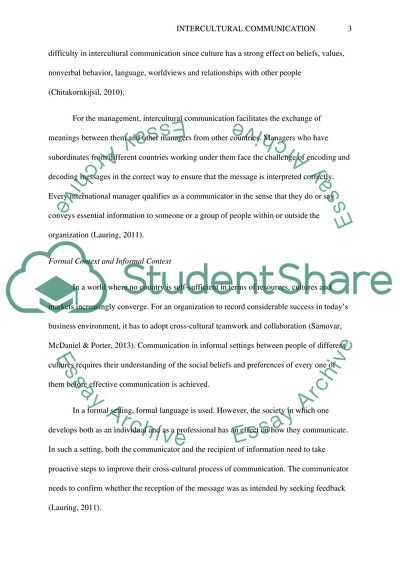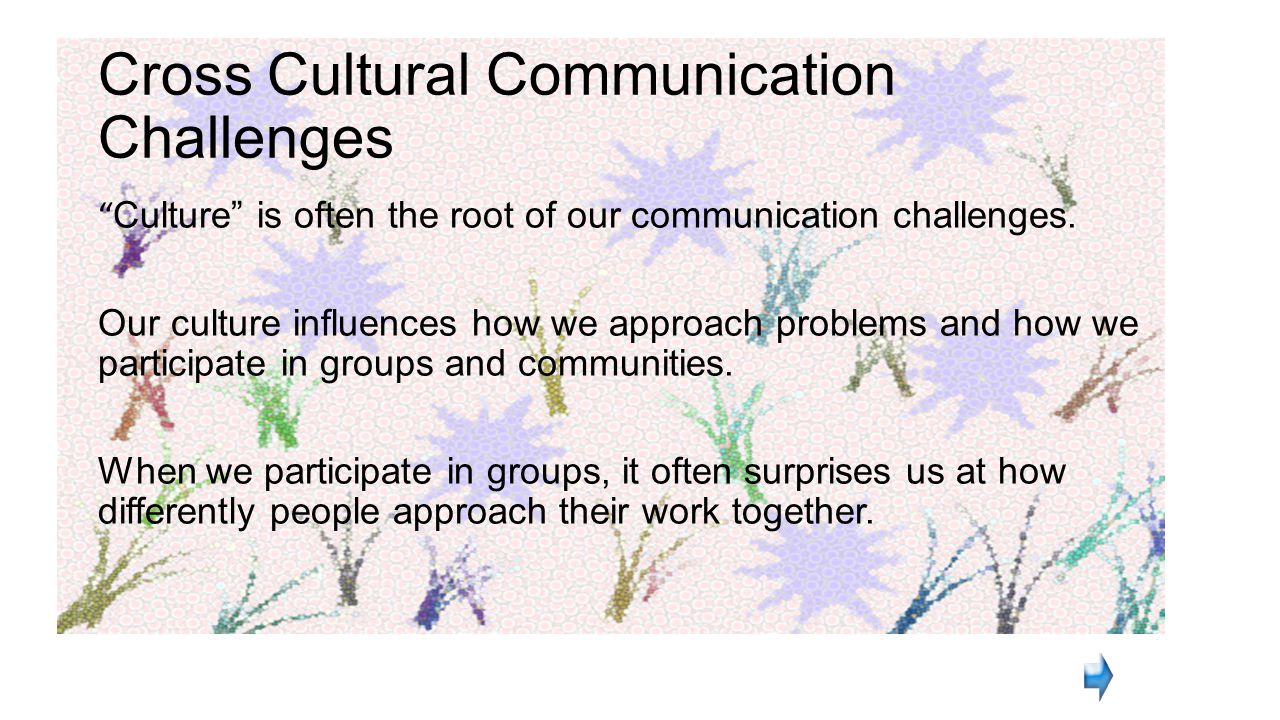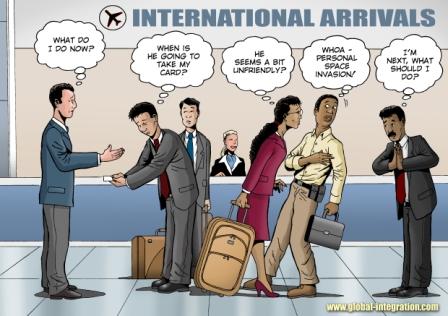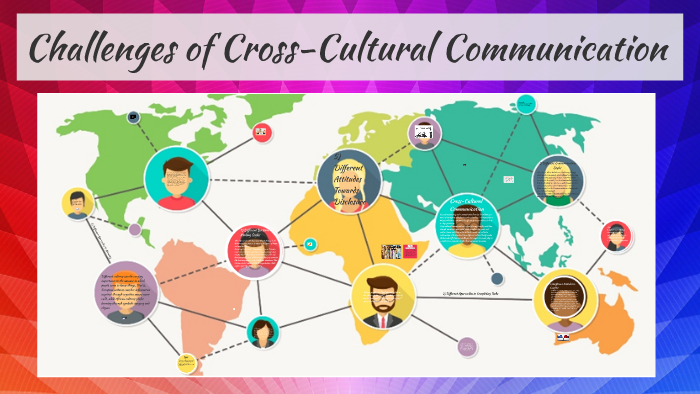Cross cultural communication refers to the exchange of ideas, thoughts, and messages between individuals or groups from different cultural backgrounds. It is an essential aspect of modern globalized society, as it allows people from different parts of the world to interact and exchange ideas. However, cross cultural communication can also present numerous challenges, as cultural differences can lead to misunderstandings and miscommunications.
One major challenge of cross cultural communication is the potential for language barriers. While English is widely spoken and understood as a global language, it is not the native language for everyone. As a result, people from different cultures may have difficulty understanding each other due to language differences. Additionally, even when people speak the same language, cultural differences can lead to misunderstandings due to different usage of words or phrases. For example, in some cultures, certain words or phrases may have different meanings or connotations than they do in others.
Another challenge of cross cultural communication is the potential for misunderstandings due to different cultural norms and values. Different cultures have different expectations for behavior, communication styles, and ways of interacting with others. For example, in some cultures, direct eye contact is seen as a sign of respect, while in other cultures it may be seen as aggressive or rude. Similarly, some cultures may place a greater emphasis on hierarchy and power dynamics, while others may prioritize equality and consensus-building. These differences can lead to misunderstandings and difficulties in communication if individuals from different cultures are not aware of or do not understand each other's cultural norms.
A third challenge of cross cultural communication is the potential for cultural stereotypes and prejudices to interfere with understanding and communication. People from different cultures may hold biases or stereotypes about each other, which can lead to misunderstandings and difficulties in communication. For example, someone from one culture may stereotype people from another culture as being rude or aggressive, which can lead to misunderstandings and conflicts in communication. Similarly, people from different cultures may have different expectations for how communication should take place, which can lead to misunderstandings if these expectations are not understood or respected.
Overall, cross cultural communication can present numerous challenges due to language barriers, cultural differences, and stereotypes and prejudices. However, these challenges can be overcome through education, understanding, and mutual respect. By learning about different cultures and their norms and values, and by making an effort to understand and respect others' perspectives, it is possible to overcome these challenges and engage in effective cross cultural communication.
Cross

Using the latest technologies, enterprises are able to measure the adverse impact of ineffective communication on their performance efficiency and competitive advantages. Such factors include cultural shock, hostility among people one is interacting with, and negative personal attitude among others Witt, 2006. Employees who may be Different Attitudes toward Hierarchy and Authority In any organization, teamwork is essential to success and profitability. But, the intern did not move a single step forward, instead he asked his boss to provide clear instructions. Nurses intentionally look for individuals of a group who defy the stereotypical images assigned to people of that group. There are avenues also through conferences and seminars where some NGOs can come and discuss different issues and share their challenges and from such healthy discussion, come up with solutions to some of those challenges Teegen, 2003.
Working on Common Cross

Diversity training in the workplace should account for negotiation tactics among different cultures. It is different when the case is vise verse where there is a lot of ease for Americans to move around the world freely especially into African countries Schramm, 1954. Benefit: A diverse skills base allows an organization to offer a broader and more adaptable range of products and services By drawing from a culturally diverse talent pool, companies benefit from hiring professionals with a broad range of skills that are often not accessible when hiring locally. Performing this analysis will give you a good idea of the state of your corporate culture, including areas in your organizational communication strategy that you can improve to better serve your team members and achieve your goals. A culture is a way of life for a group of people and their behaviors, beliefs, values, and symbols that they accept, generally without thinking about them. For instance, the expectation of formality or relative informality , organizational hierarchy, and even working hours can conflict across cultures. At any moment that we're dealing with people different from ourselves, the likelihood is that they carry a similar list of hopes and fears in their back pocket.
Overcoming Cross

Therefore one should give themselves some orientation time before they leave for business in a foreign country. Here are the top 10 wrong yet persistent cultural stereotypes and the truth behind them: 10. Nonverbal and vocal are non conscious and therefore become a major challenge in cross cultural misunderstanding. Diversity, including diversity of gender, religion, and ethnicity, has been shown to improve retention and reduce the costs associated with employee turnover. Multiple voices, perspectives, and personalities bouncing off one another can give rise to out-of-the-box thinking. Many believe enhanced communication abilities will prove profitable, in which case it's in the companies' own interest to support it. Thus the same words can mean different things to people from different cultures, even when they talk the "same" language.
How to Improve Cross

Examples of High context cultures include African, Chinese, Indian, Japanese, among others. What might work well on a billboard for a British company could fail or offend elsewhere. Where a Japanese colleague may not feel it appropriate to leave work before their manager or, indeed, anyone else , a Swedish professional may be used to a 6-hour working day. Let us know in the comments below. In summary, I recommend that governments for countries in which these NGOs operate avail licenses for these NGOs after proper identification that the companies are not fraudsters since this acceptance for them to operate in the countries will be of great benefit to the entire citizenry. Examples of Low context cultures include Australian, German, US culture, etc. It was predicted that women, minorities, and the disabled will dominate the workforce.
4 Types of Communication Challenges in Multicultural Organizations

Journal of International Management, 4 6 , 122-134. Rather than pushing forward with immediate follow-up questions, nurses can look for additional nonverbal communication, such as facial expressions, to better interpret the situation before continuing. Oftentimes, in a Western culture, during a board meeting, when someone nods, we tend to think they agree with the statement. The Virgin Group is recognized as a leader in promoting workplace diversity and fostering a positive working culture. Culture is largely undiscussed by the people who share it. Instead of offering to shake hands, the American team should have bowed to their Japanese counterparts. Why Cross-Cultural Communication in Nursing Matters Cross-cultural communication allows nurses to better understand patients and respond more effectively to their needs.







